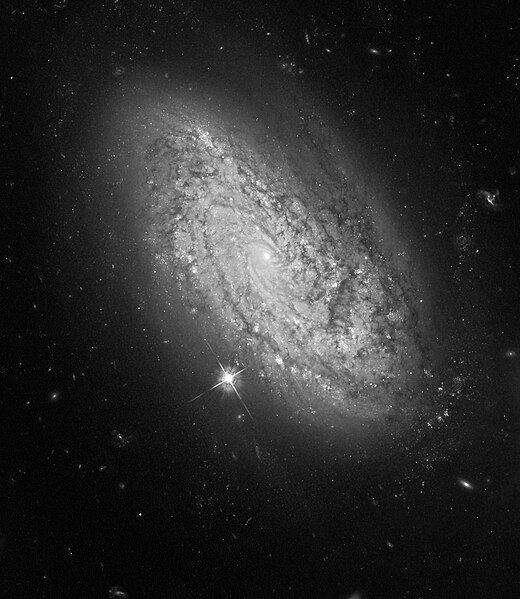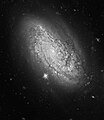Файл:NGC 3021 Hubble.jpg

Барам хьажале: 520 × 599 пиксель. Кхин шоралла: 208 × 240 пиксель | 416 × 480 пиксель | 666 × 768 пиксель | 888 × 1024 пиксель | 1838 × 2119 пиксель.
Оригиналан файл (1838 × 2119 пиксель, файлан барам: 1,75 Мб, MIME-тайп: image/jpeg)
Файлан истори
Тlетаlаде терахь/хан, муха хилла хьажарна и файл.
| Терахь/Хан | Жима | Файлан барам | Декъашхо | Билгалдаккхар | |
|---|---|---|---|---|---|
| карара | 2009, 31 май, 23:42 |  | 1838 × 2119 (1,75 Мб) | Friendlystar | {{Information |Description={{en|1=Less than 100 years ago scientists didn't know if the universe was coming or going, literally. It even fooled the great mind of Albert Einstein. He assumed the universe must be static. But to keep the universe from collap |
Файл лелор
ХӀара файл лахарчу 1 агӀонгахь лелош йу:
Глобалан файл лелор
ХӀара файл лелош йу лахахь гайтина йолу википедеш чохь:
- Лелор ar.wikipedia.org
- Лелор arz.wikipedia.org
- Лелор az.wikipedia.org
- Лелор be.wikipedia.org
- Лелор diq.wikipedia.org
- Лелор eo.wikipedia.org
- Лелор eu.wikipedia.org
- Лелор fa.wikipedia.org
- Лелор hr.wikipedia.org
- Лелор kk.wikipedia.org
- Лелор lb.wikipedia.org
- Лелор mk.wikipedia.org
- Лелор my.wikipedia.org
- Лелор nl.wikipedia.org
- Лелор pt.wikipedia.org
- Лелор ru.wikipedia.org
- Лелор sh.wikipedia.org
- Лелор sk.wikipedia.org
- Лелор sr.wikipedia.org
- Лелор tr.wikipedia.org
- Лелор tt.wikipedia.org
- Лелор uk.wikipedia.org
- Лелор uz.wikipedia.org
- Лелор www.wikidata.org

